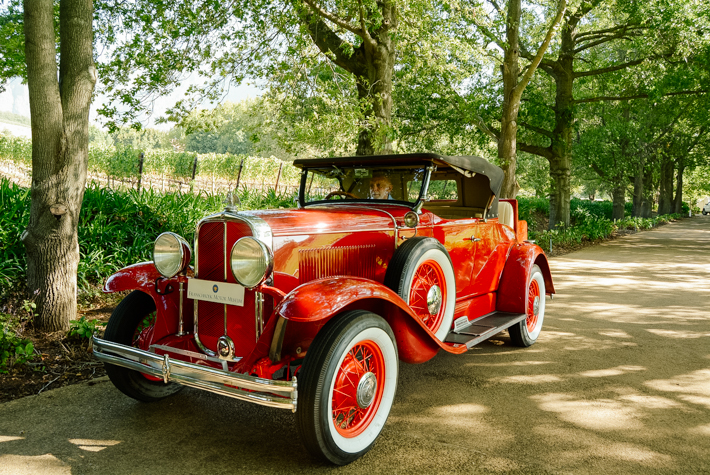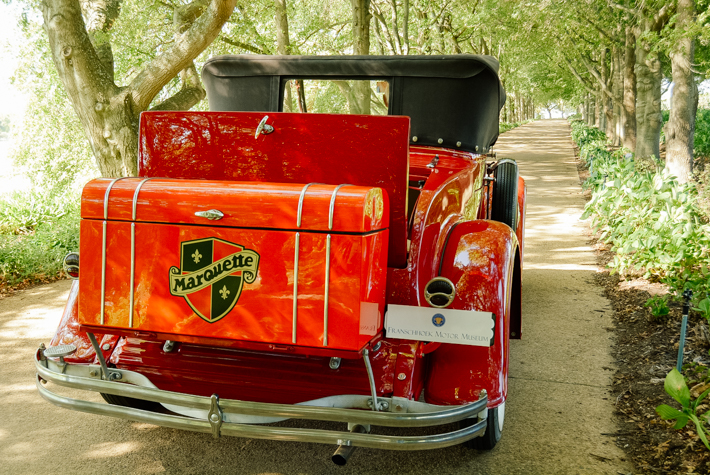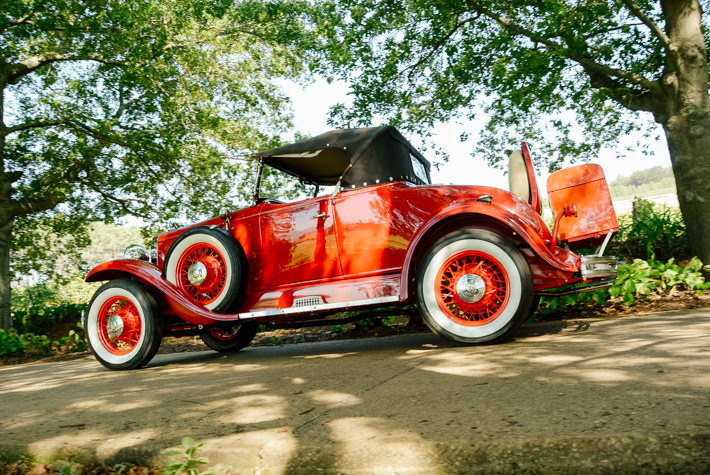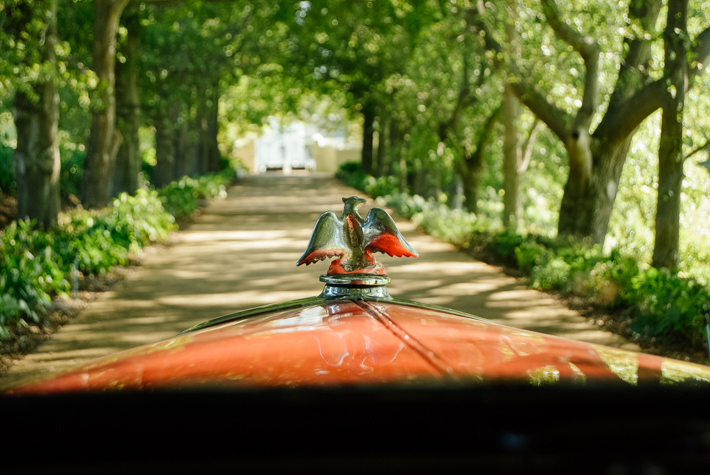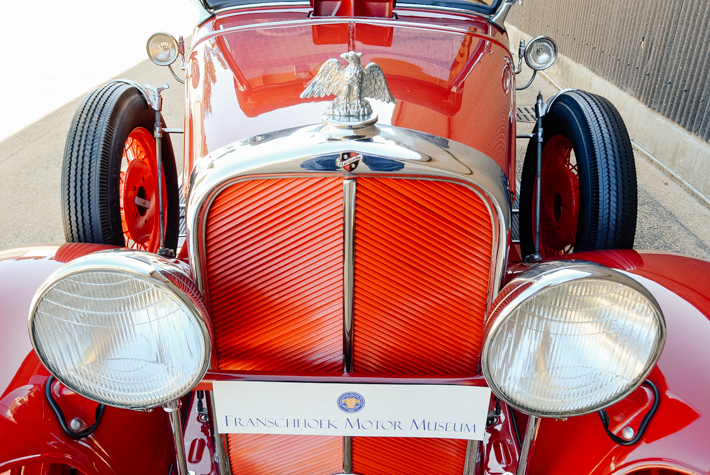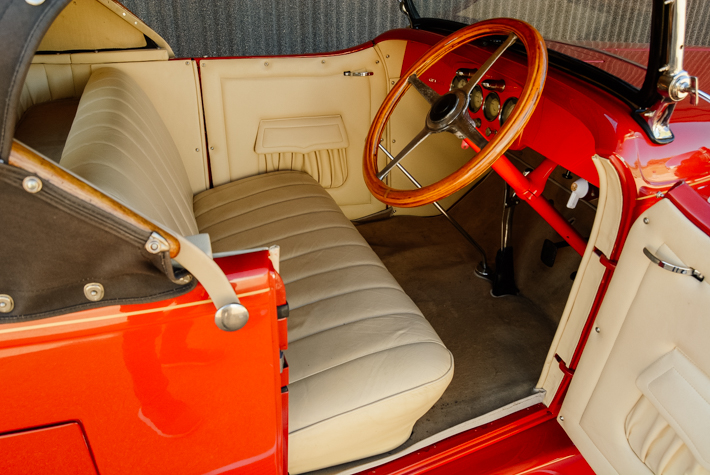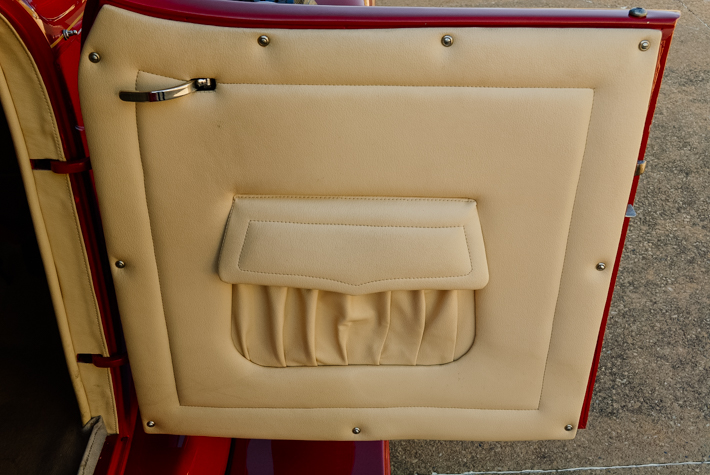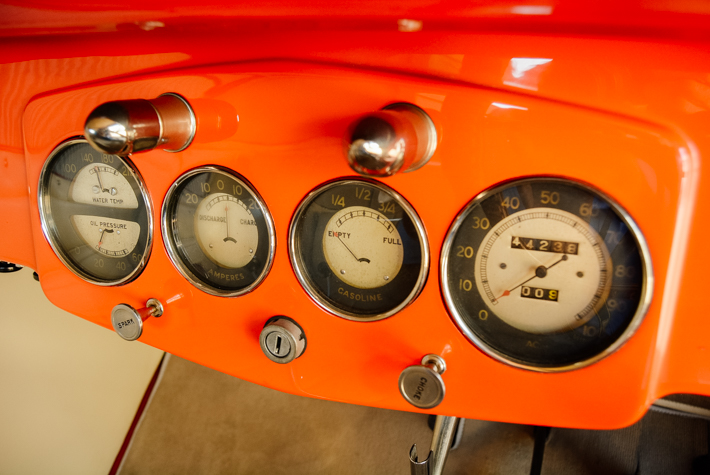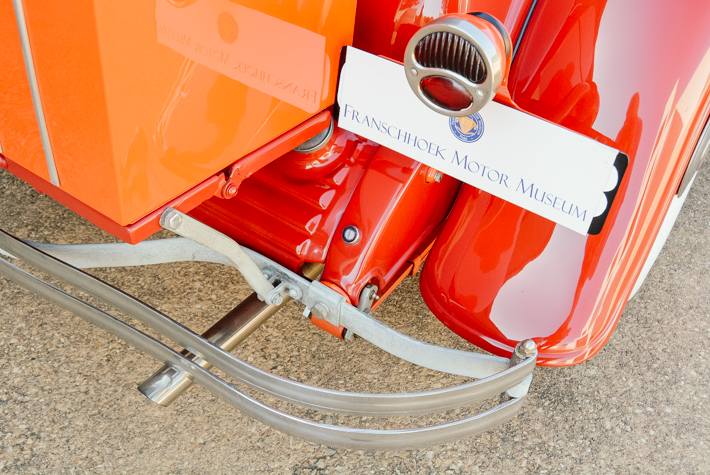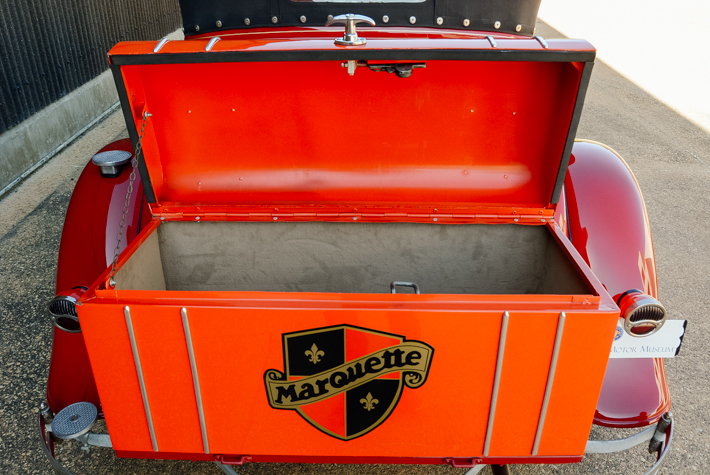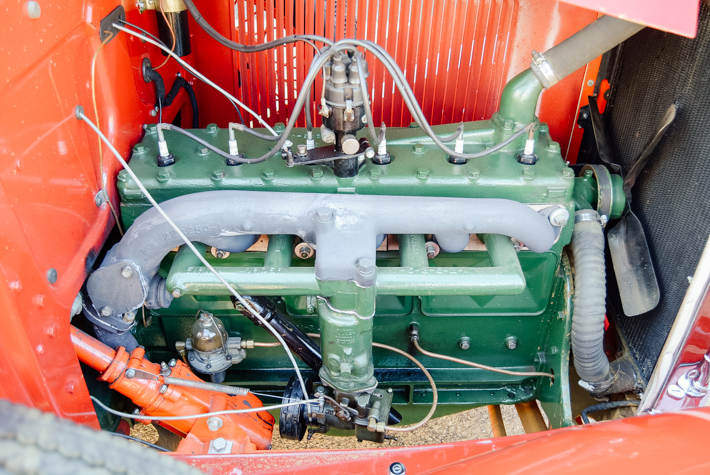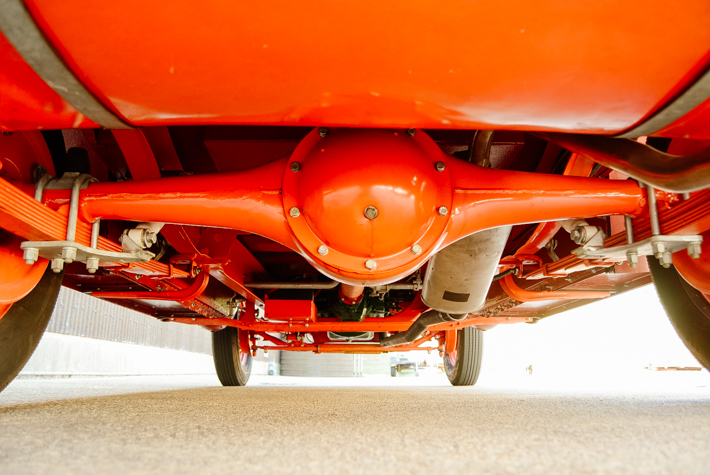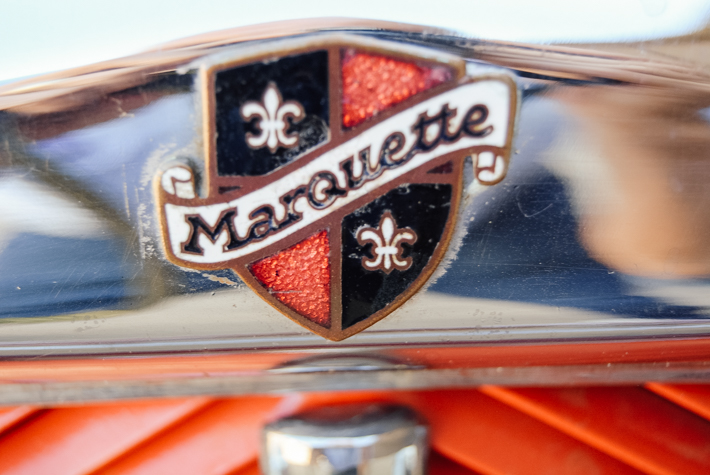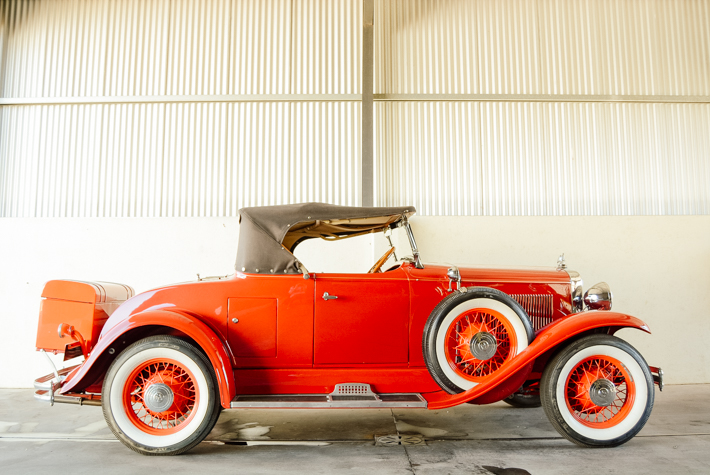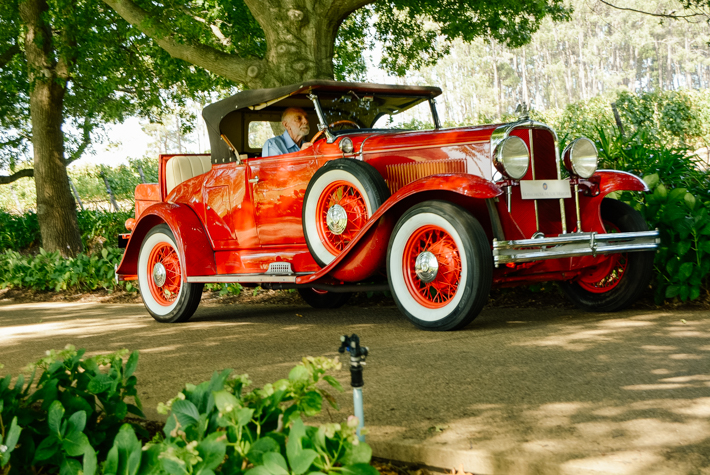
27 Jun Collection in action: Marquette
Mike Monk drives a rare Marquette, which was introduced 90 years ago to bridge a gap between Buick and Oldsmobile, but it proved to be a bridge too far…
In the late-1920s, a number of American automobile manufacturers, especially GM, were on a mission to produce ‘companion cars’ to some of their established brands. Following the trend, on 1 June 1929 Buick presented to its dealers the Marquette that was aimed at bridging the price gap between Buick and Oldsmobile. It was not the first automobile to carry the name, but was without doubt the most successful, albeit for a very short period…
Buoyed by the success being achieved by Pontiac, Buick had high hopes for the Marquette. Billed as a 1930 model year, a six-model range of Marquettes appeared nearly two months ahead of Buick’s 1930 model year offerings with prices ranging from $990 to $1 060. The marketing effort was strong. ‘You need only drive the new Marquette to realise that Buick has created an entirely new standard of performance by which all moderate priced cars must be judged.’ Press reaction was positive.
The herringbone-pattern radiator grille was immediately highlighted as the car’s most distinctive feature. On the day of the launch, The Literary Digest wrote, “In appearance, the Marquette expresses the tempo of the age without conforming to accepted pattern. In every phase of performance, it demonstrates abilities that set it apart entirely from all cars of comparable price. In basic value, it embodies the added margin that Buick’s experienced craftsmanship and great production facilities make possible”.
Built on a shortened-wheelbase GM B-platform, the Marquette was smaller than Buick’s entry-level Series 40. Also different was the engine, which was a slightly modified Oldsmobile F-28 six-cylinder, making it the only Buick-built car to have a side-valve engine. With a single Marvel VM-3 carburettor and a compression ratio of just 5,2:1, the 212,8 ci (3 487 cm3) motor developed 67,5 hp (50 kW) at 3 000 r/min and 198 N.m of torque at a low 1 200. Mated with a sliding-gear three-speed gearbox with a floor gearshift, the Marquette was quite a performer in its day, with 5 to 25 mph (8 to 40 km/h) taking 8,8 seconds and having a top speed of 70 mph (112,6 km/h). ‘Great performance offered at a price that was within reach of millions’, was the marketing claim. In America, a Marquette was driven from Death Valley to the top of Pike’s Peak with no problem, which was a notable feat at the time.
Suspension comprises a Reversed-Elliott I-beam front axle with over-slung semi-elliptic springs, and a semi-floating axle with under-slung semi-elliptics at the rear.
Lovejoy lever-arm shock absorbers are fitted all round. Steering is a Jacox worm-and-nut system that provides an 11,76-metre turning circle on 18×4-inch wire-spoke wheels shod with 28×5.25 tyres. Brakes are mechanical duo-servo drums at each wheel.
FMM’s gleaming red Marquette Sport Roadster is a superb example of the marque. Even though its looks are typical of the period, the painted grille is certainly eye-catching. With spare wheels carried in each front fender and a massive boot box mounted at the rear, its profile is far from streamlined, even less so when the dickey-seat backrest is erect.
Stepping onto the running board then into the Marquette, its smaller size is soon apparent; for cockpit passengers, interior space is reasonable for average-sized people, whereas the dickey seat is a tight fit for two. When erect, the folding hood is low and care is needed to duck under the outer rails when getting in or out. But the seat and driving position are comfortable enough and the floor and footwell is flat. In this right-hand drive car, it is only when having to wrap the left leg around the gear lever and handbrake to depress the floor-mounted starter pedal that the layout gets awkward. Oh, and the accelerator is the middle pedal.
The engine fires up with a healthy rumble and sounds powerful. In fact, the whole car has an air of strength about it. It pulls away with ease and although the first two ratios are noisy, once in top the Marquette serenely bowls along. As the figures suggest, engine torque is strong from low down the rev range and throttle response is excellent. The 17-inch four-spoke wood-rimmed steering wheel sits high and at an angle to the column, and takes considerable muscle power to twirl at any speed. Given the basic nature of the suspension, ride quality is also good, and the brakes are well up to their job once given a firm push on the pedal.
When it comes to a driving experience, some cars feel immediately ‘right’, and the Marquette is a typical example. There is something about vintage motoring that defines the era yet reflects the particular model’s origins. This Sport Roadster oozes pre-Depression American appeal and simply begs to be shown an open road to demonstrate its charm and ability.
The Buick-built Marquette was a medium priced automobile that successfully met both congested city and open country motoring. After a cautious beginning, 35 007 examples were produced in the USA within the model year, with a further 6 535 made by GM Canada, which on the face of it was an excellent start. So the future looked promising, but it was not to be.
Two issues worked against Marquette. First was the Great Depression that began with the US stock market crash on 24 October 1929, which wiped out millions of investors. Naturally, automobile manufacturers were badly affected, including Oldsmobile, which had lost sales to Marquette and the company’s management did not feel that enough Marquettes were being sold to warrant the extra burden on the bottom line, given the state of the economy. The resolution was fast and clinical; just four months before Buick shut down Marquette without any warning, 4 000 Marquette signs had been shipped to dealers in the hope of better days ahead…
A sad case of what might have been, but surviving Marquettes have a strong following around the world and this example is one of the finest around – a classic vintage American automobile with a short-lived yet fascinating background.
A marque difference
The name Marquette was applied to a number of vehicles prior to the Buick era. It was first used for an electric car manufactured by the Berwick Auto Car Company in 1904. Soon afterwards, William ‘Billy’ Durant began buying up companies for his rapidly expanding General Motors corporation. In 1909 he bought the Rainier Motor Car Company and established the Marquette Motor Company in Saginaw, Michigan to continue building the upmarket Rainier, which lasted until 1911. At the same time, Marquette, which was controlled by Buick staff, produced parts for GM’s Welch and Welch-Detroit models. In February 1912, Marquette was renamed the Peninsula Motor Company and it manufactured two four-cylinder Marquette model lines, but production ceased by the end of the year, with the last of the cars thought to have been badged as a Peninsula.
